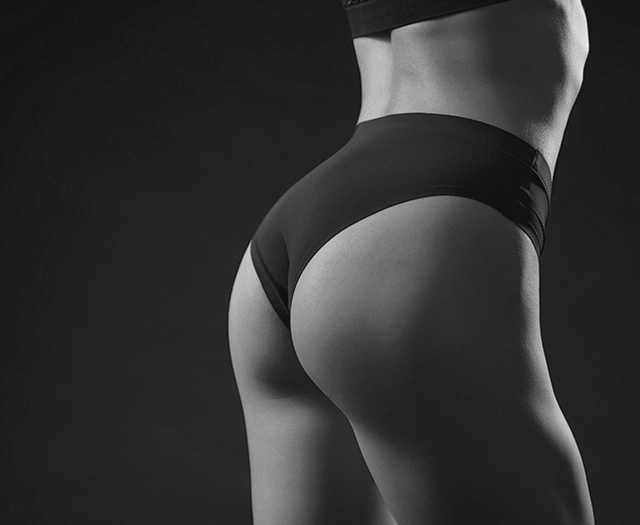Enhancing Buttock Augmentation with 3D Photography: A Comprehensive Before and After Analysis
In 2020, an estimated 396,105 peoples underwent buttock augmentation surgery, according to the International Society of Aesthetic Plastic Surgery. As the demand for this procedure continues to rise, surgeons are constantly seeking innovative techniques to enhance patient outcomes. This article explores the integration of 3D photography, specifically the LifeViz® system, in buttock surgery, revolutionizing the field by providing accurate visualization of volume changes and transformative results.
Evolution of Buttock Surgery: From Desire to Precision
Buttock augmentation has experienced a significant surge in popularity over the years, with individuals increasingly desiring well-proportioned and shapely buttocks. Different techniques, such as implants, fat grafting, and tissue rearrangement, have been used to enhance the buttocks. However, as the demand for precise outcomes grew, so did the need for advanced visualization tools. This is where 3D photography has played a pivotal role in transforming the field of buttock surgery.
Unveiling 3D Photography in Buttock Surgery
3D photography has emerged as a powerful tool in buttock surgery, enabling surgeons to capture detailed images for accurate analysis and procedure planning. The LifeViz® system, in particular, has gained recognition for its ability to provide comprehensive 3D imaging. By using pictures taken from different points of view and advanced software algorithms, the LifeViz® is capable to create high-resolution images that accurately represent the patient’s buttock area.
Visualizing Transformative Changes with 3D Photography
One of the remarkable features of 3D photography, especially when integrated with the LifeViz® system, is the ability to visualize the transformative changes achieved through buttock surgery. By utilizing tools like sliders, silhouette feature, and volume mapping, patients and surgeons can compare pre-surgery and post-surgery images side by side, showcasing specific contour, size, and shape modifications. This comprehensive visual representation allows for a clear understanding of the outcomes and enables surgeons to assess the overall impact of the procedure. Silhouette mapping provides a visualization of the changes in the silhouette, while volume mapping offers detailed insights into the distribution of volume changes, ensuring balanced and harmonious results. With these powerful analysis tools, 3D photography enhances the visualization process.
The integration of 3D photography, particularly the LifeViz® system, in buttock surgery has revolutionized the field by providing enhanced visualization and analysis tools. Thanks to 3D photography, surgeons can now highlight changes, giving patients a sneak peek into their enhanced selves. As 3D imaging technology continues to evolve, the future of buttock surgery and other aesthetic procedures shines brighter than ever before.

